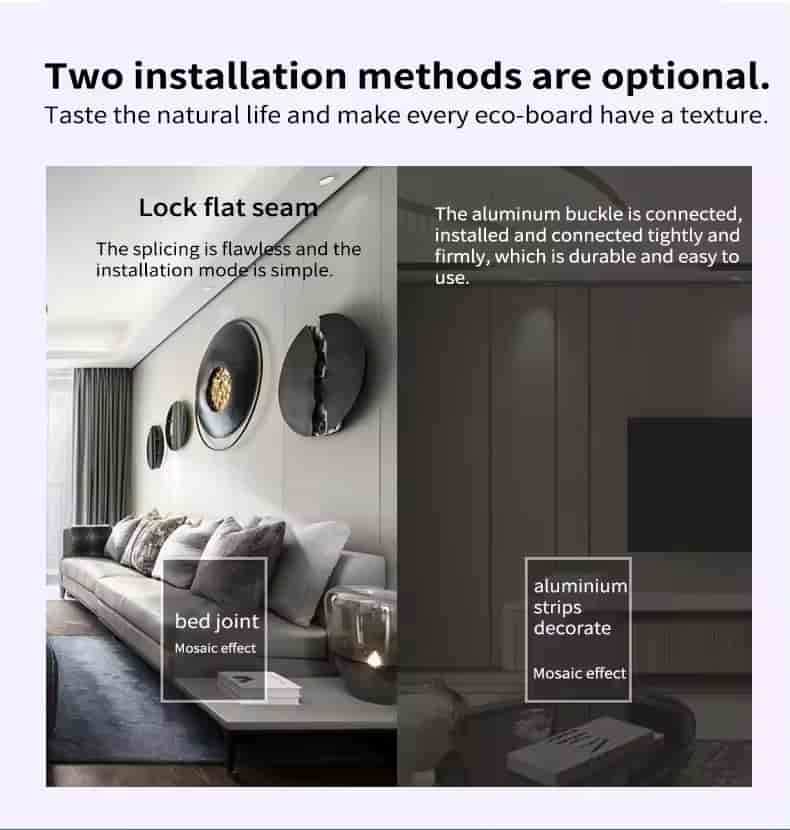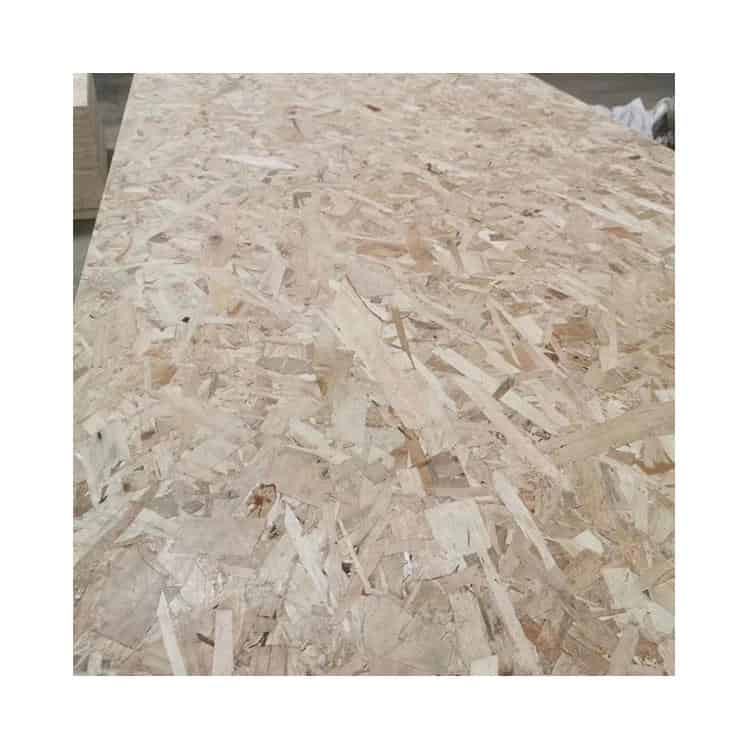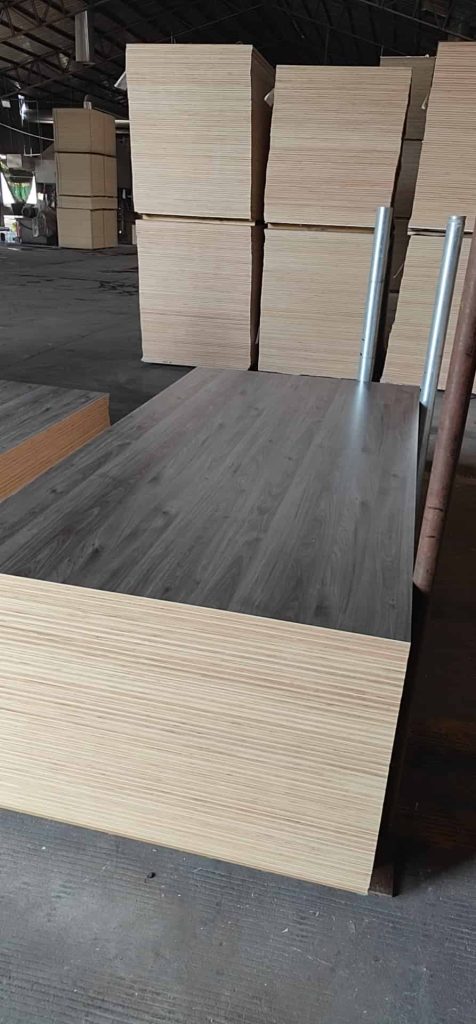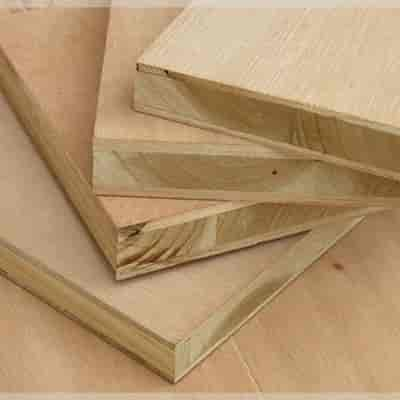Particle Board vs Chipboard
Particle board and chipboard are popular materials for woodworking projects. Particle board is made from small wood particles bound together with adhesive, available in different thicknesses like 25mm, 20mm, and 2×4. It’s suitable for general purposes but may not withstand heavy loads or humidity. Chipboard contains larger wood chips, making it more resistant to moisture and warping than regular particle board, but also more prone to splitting. It’s ideal for outdoor applications. The choice between the two depends on the project’s strength, moisture resistance, cost, and intended use.











